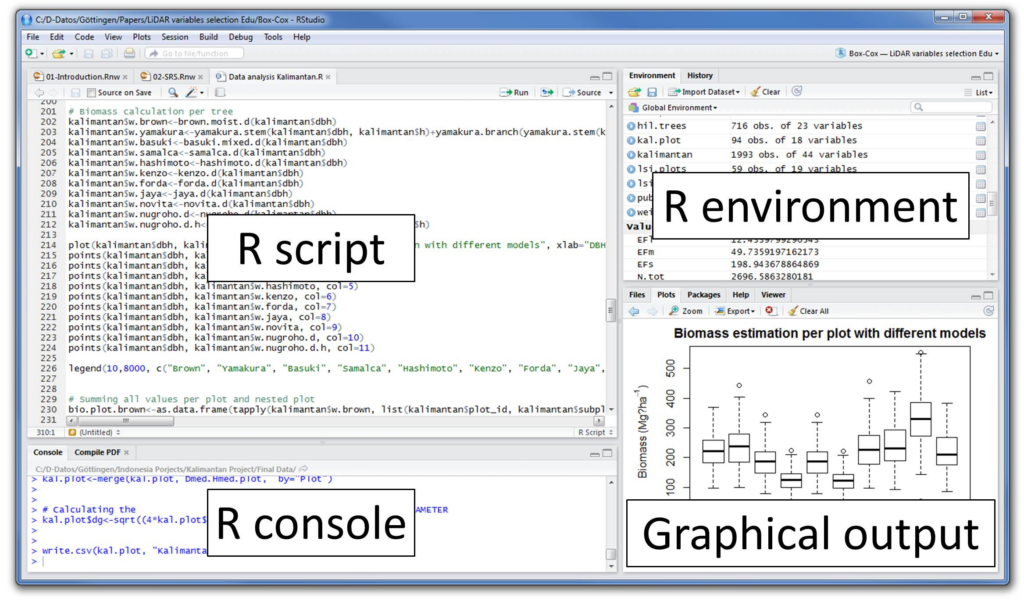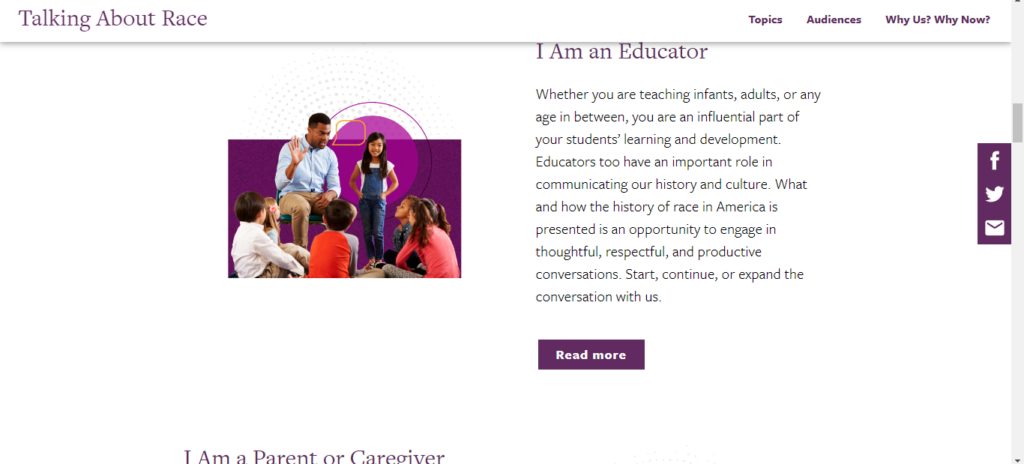From both personal experience creating and being an outside viewer of geospatial visualizations, I fully believe this way of displaying information leads to unique discussion and perspectives within historical dialogues. Personally, I think that analyzing data in different forms is conducive towards learning and prolonged memory retention. Similarly, I believe that analyzing information in different mediums typically sparks different outlooks and insights into what the data may indicate. Therefore, I fully support that formatting historical questions and data within visualizations, including geospatial, broadens public and personal analyzation and understandings.
As Mr. During illustrates within his 2015 article, when even the same historical data is put within different spatial visualizations, analyzation will typically be geared in different directions (During, 2015). However this is not to imply (as Mr. During similarly showcased) that data, even historical, can be effectively and ethically showcased in all visualization types. For instance, a standard bar chart would not be an effective visualization for voting population per county for one election; this could also be an example of unethical visualization techniques. Instead, a geospatial, national heat-map of county voting would both be ethical and very effective. Since the topic of my project is especially sensitive and may be new to some viewers, I will work very hard to make my visualizations not only easy to understand, but also unbiased in any way.
For my final project, I will be employing both spatial and conceptual data that will be able to be visualized. I have already created a timeline that includes both types, as well maps for specific spatial data. I personally like the idea of having certain visualizations include both conceptual and location-specific data. However, I may also create further visualizations including a geospatial global heat-map of currently known Alzheimer’s Disease diagnoses. I believe this is important because Alzheimer’s affects every culture and country. However, I also believe that I must be incredibly mindful in making it clear that heat-map concentrations do not indicate the country’s national risk, and instead is based on general population size and concentrations. I also plan on creating spatial visualizations surrounding Alzheimer’s Disease pathology within the brain and its typical progression. I think that this sort of visualization would make the data, supported both historically and in modern medicine, around the makeup of Alzheimer’s Disease much more understandable. Since my project is not geared specifically towards a medical audience, I will not be including any imaging that showcases recognizable human-tissue sampling. This however, may make the conceptualization of the biological progression of Alzheimer’s Disease difficult to understand without added, computer-generated visualizations.
If I have further time within building my site, I also intend to create a geospatial visualization of historical versus modern day Alzheimer’s Disease care locations. I think that this will be a great way to showcase data I already have speaking on care disparities faced both historically and within modern day. This visualization would most likely only be of the United States, simply because care logistics are registered in different aspects in most countries. Though it’s very important to point out the vast improvements in AD care, it is more important to discuss the medical deserts surrounding care involving cognitive decline.
Citation: Düring, Marten. “From Hermeneutics to Data to Networks: Data Extraction and Network Visualization of Historical Sources.” Programming Historian, 18 Feb. 2015, programminghistorian.org/en/lessons/creating-network-diagrams-from-historical-sources. Accessed 19 Apr. 2024.


